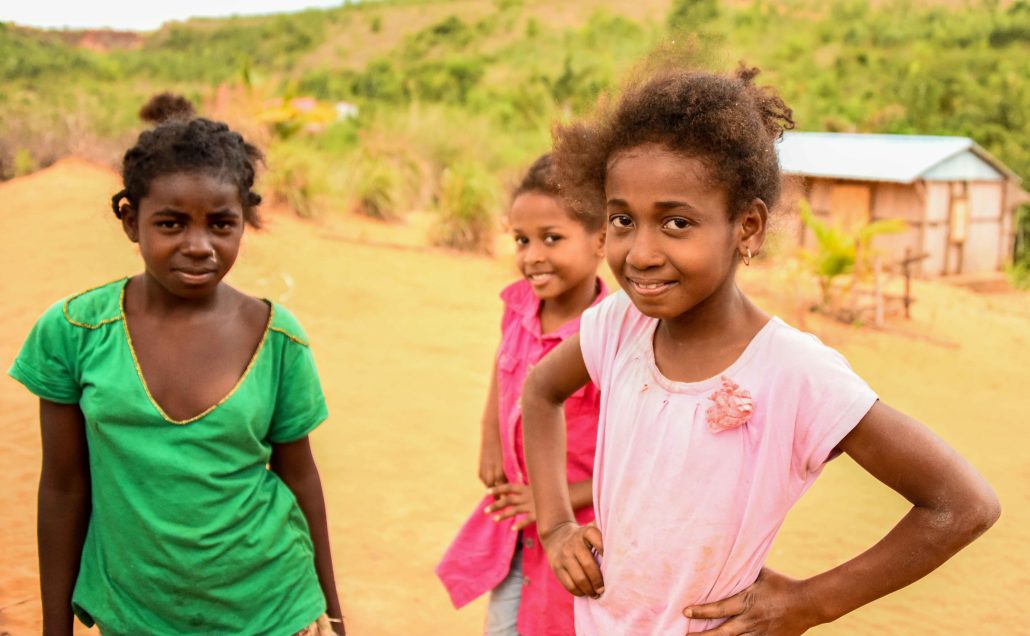5 Ways Let Us Learn is Improving Girls’ Education in Madagascar

UNICEF has been working on an initiative in partnership with Zonta International called Let Us Learn. The purpose of Let Us Learn is to improve girls’ education in Madagascar by combatting poverty and violence. According to the World Bank, Madagascar has one of the highest rates of gender-based violence for women between the ages of 15 and 49. About one-third of women in that age group experience gender-based violence. In 2005, the Japan International Cooperation Agency reported that women in Madagascar are statistically more likely to be unemployed than men, Furthermore, illiterate women living in rural areas are the most impacted by poverty.
Let Us Learn has been working to fight gender-based violence and increase girls’ access to education. The integrated school program, which is just one part of the continuing project, will wrap up in 2020. Here are five ways Let us Learn is accomplishing its goals.
5 Ways Let Us Learn Is Improving Girls’ Education in Madagascar
- Starting the discussion: Let us Learn was the first program to address equal post-primary education for girls in Madagascar. The program includes multiple projects to address both girls’ education and overall education equality. The program reaches more than just Madagascar, spanning Afghanistan, Bangladesh, Liberia, Madagascar and Nepal.
- Helping girls return to school: The first phase of the Let Us Learn project used good education practices to improve girls’ education in Madagascar. The program built school dorms that allowed for 230 new female residents to attend school. In order to accommodate more students, 12 classrooms were also constructed. In 2016, Let Us Learn began the first part of its integrated school program. Its goal is to create spaces for girls to learn in a safe educational environment. The first part of this program helped 600 girls catch up in school so they could continue their education. In 2018, the second part of the integrated school program began. By the conclusion of the project at the end of 2020, catch-up classes will help 300 girls return to school. Newly-built classrooms will also benefit approximately 200 children.
- Educating girls about support services: Another goal of the integrated school program is ensuring that girls become more aware of protection services that could help them if they experience gender-based violence. By 2018, an estimated 50% of girls were more educated about those services. At the conclusion of the program, it will have provided medical, legal or social support to 960 girls in danger of experiencing gender violence. New menstrual hygiene management services will also benefit many girls in school.
- Helping teachers improve: The integrated school program is also working to improve the quality of girls’ education in Madagascar. More than 30% of teachers in Madagascar aren’t formally trained. By 2018, Let Us Learn had trained approximately 1,043 teachers. Part two of the program began training school directors rather than teachers, and an estimated 135 directors should be trained by the end of 2020. Training school directors will positively impact about 21,006 girls in school.
- Providing opportunities: Girls qualified for and received 3,013 Let Us Learn scholarships in 2013-2014. Since then, the integrated school program began offering conditional cash transfers to help girls from low-income families complete their education. Let Us Learn provides families with money to help their children remain in school. The cash transfer will only continue to be given, however, if their children remain in school, aren’t frequently absent and receive passing grades. A total of 1,500 families will benefit from these conditional cash transfers by the end of 2020.
Madagascar has one of the highest rates of gender-based violence. Women, especially those in rural areas, are also more impacted by poverty than other groups. Through the Let Us Learn project, UNICEF and Zonta International are making tangible strides to address barriers to girls’ education in Madagascar. As a result of these initiatives, thousands of girls in Madagascar can hope for a brighter future.
– Melody Kazel
Photo: Flickr
